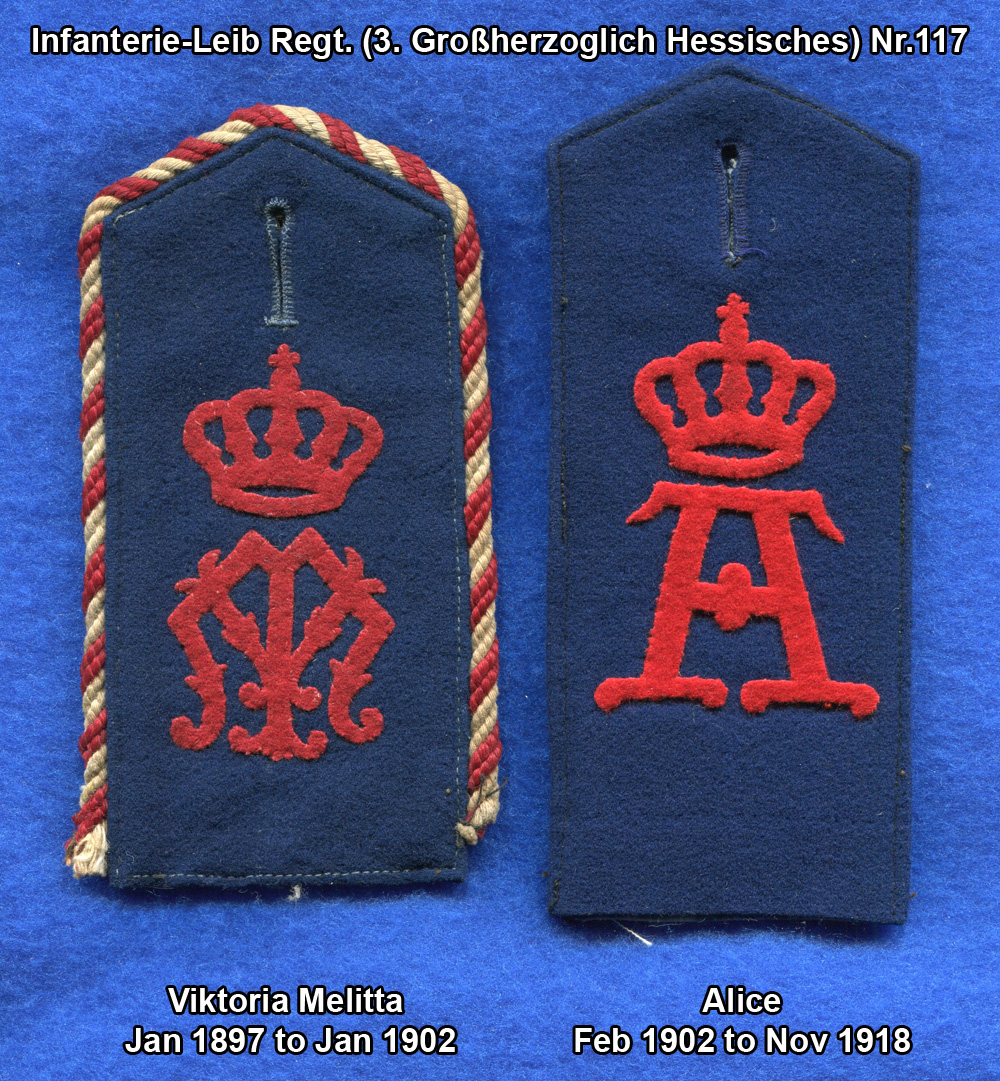Brian: As a basic primer in determining a reproduction stein the following may be helpful.
Stein body: All but very early regimentals have straight sides that are parallel. The most common reproductions have bodies with tapered sides.
Lithopane: Only porcelain steins have lithopanes(picture visible through the bottom when the stein is held up to the light). If the lithopane is a bare chested lady in the process of removing her stockings, the stein is a copy. There are several different lithopane scenes in original steins, most are variations of a soldier saying goodbye to his wife or girlfriend. Very early regimentals, 1900 and earlier, may have lithopane scenes that depict a couple in traditional clothing.
Large figures on the stein body: Details such as buttons, belt buckles and helmet front plates on original steins were hi-lighted by hand after the stein was fired. When you run your fingers over the stein body you can definitely feel these painted in details. The bodies of reproductions will generally be perfectly smooth.
Lids: Original lids were cast in multi piece molds. There will be obvious mold seams on the outside of the lid. Most reproduction lids were stamped out of a single piece of thin material or cast in a one piece mold so there will not be any mold seams.
Incorrect thumblift:
The most common thumblifts on original steins are:
Crowned lion on Bavarian and Hessian steins
Winged Griffin(like a miniature Baden helmet front plate) on Baden steins.
Eagle on Prussian steins.
Saxon coat of arms on Saxon steins
Wurttemberg coat of arms on Wurt. steins.
Many reproductions have an uncrowned lion thumblift.
It is also very common for a reproduction to have a thumblift that does not relate to the unit identified on the stein. For example, a Baden thumblift on a stein to a Bavarian unit.
If nothing else, the study of regimental steins will make you learn about the uniforms and shoulder straps of the German army. The uniform and shoulder strap sections of Tony's superb website will be a most helpful tool.
The above covers the basics and is enough to digest for the time being. There are lots of other red flags to look for that can be discussed as this section grows.
Reservist1

